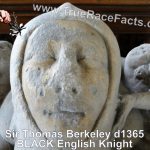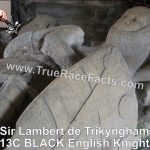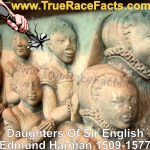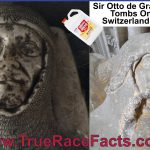1042c. King Edward The Confessor English Anglo Saxon
- Guinevere Jackson
- 8 August 2022
- 0 Comment
Edward, the Confessor c.1003 – 5 January 1066, was Considered the last King of the House of Wessex and ruled England from 1042 to 1066. Edward was the son of King Æthelred the Unready and Emma of Normandy. He succeeded King Cnut the Great’s son – and his half-brother Harthacnut. He restored the House of Wessex after Danish rule since Cnut conquered England in 1016.
When King Edward died in 1066, he was succeeded by his wife’s brother Harold Godwinson. He was defeated and killed that same year by the Normans under William the Conqueror at the Battle of Hastings. Edward’s great-nephew Edgar, the Ætheling of the House of Wessex, has proclaimed the King after the Battle of Hastings in 1066. He was never crowned and was peacefully deposed after approximately eight weeks.
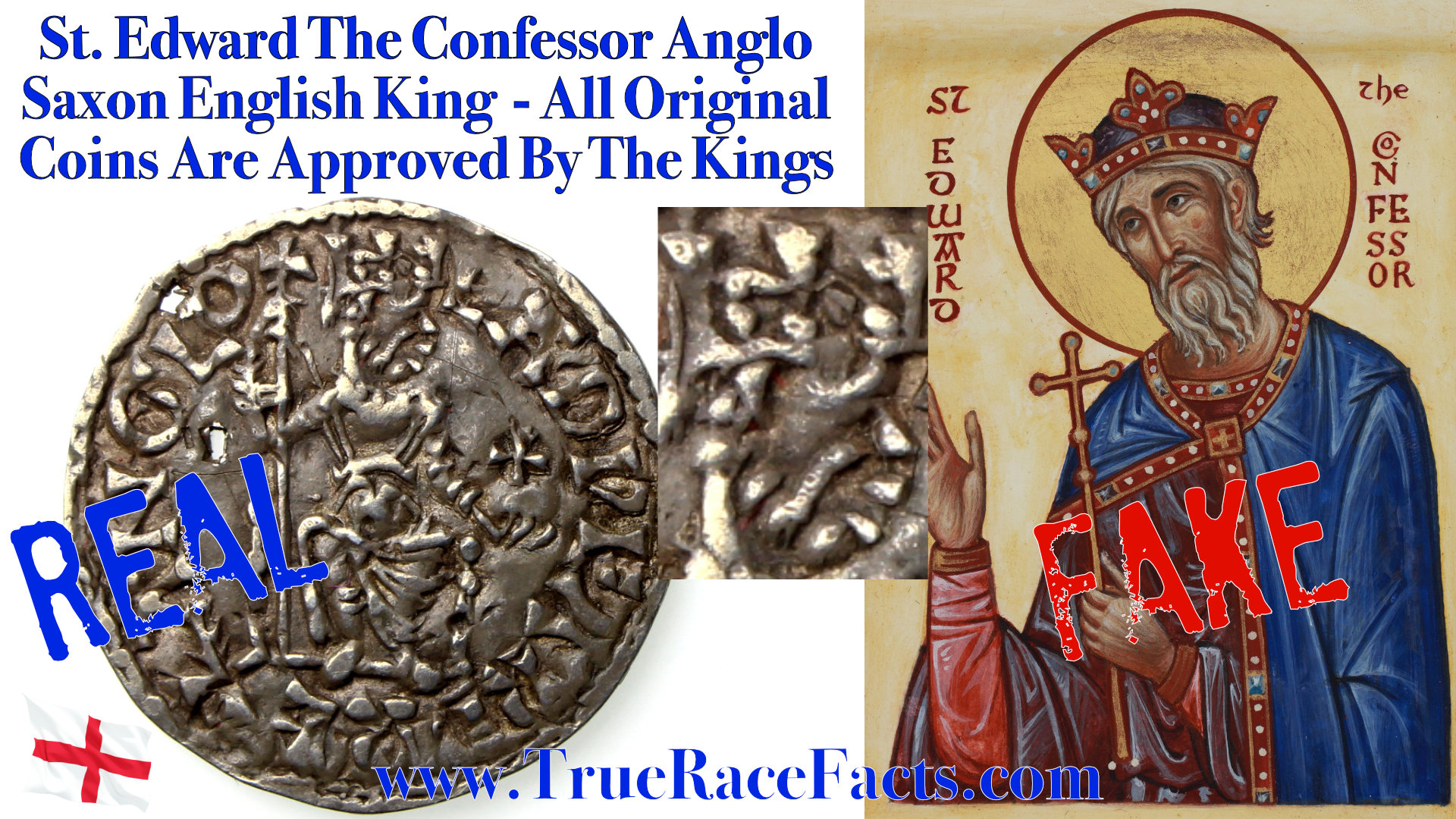
Some historians portray King Edward the Confessor’s reign as leading to the disintegration of royal power in England and the advance in the control of the House of Godwin because of infighting that began after his death with no heirs to the throne. On the other hand, some portray Edward as a triumphant king who was resourceful and energetic but sometimes ruthless. They argue that the Norman conquest after his death tarnished his once good image.
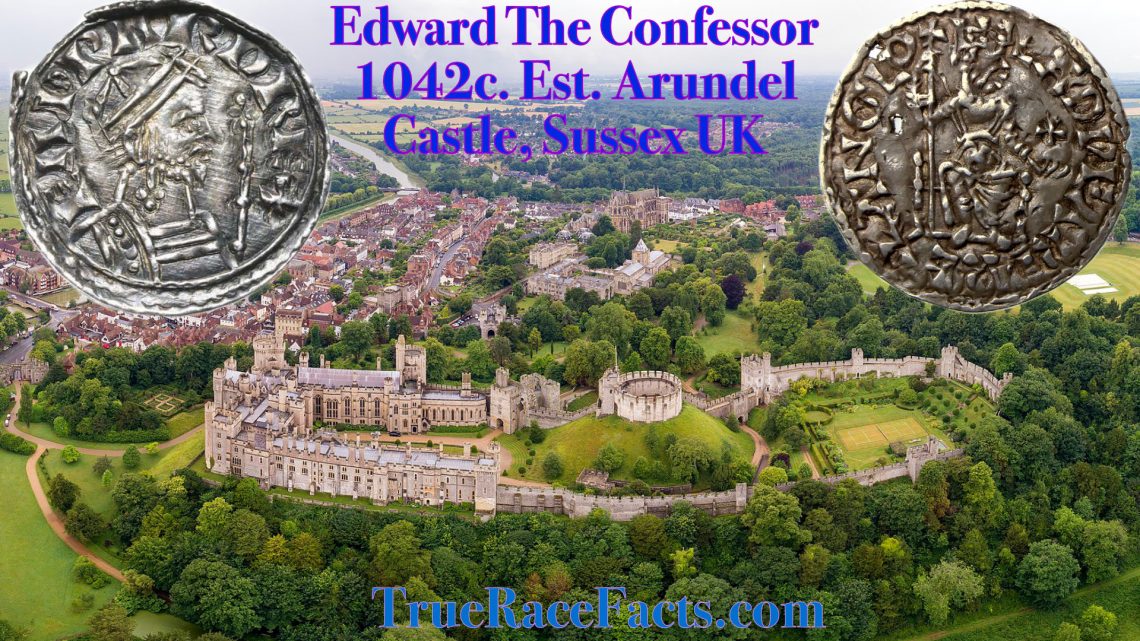
DECEPTION ALERT: They claim the tapestry below dates to the 11th century, but the problem is they misspelt Edward’s name. Edward in old English during the 11th century is spelt Eadweard, Ēadƿeard, or Latin: Eduardus. The lies are so VAST they got very sloppy in their deception, and once it was revealed to the world with the incorrect spelling, they had to leave it. I’m 99.9999% certain it’s not the 11th century but a renaissance whitewashing.
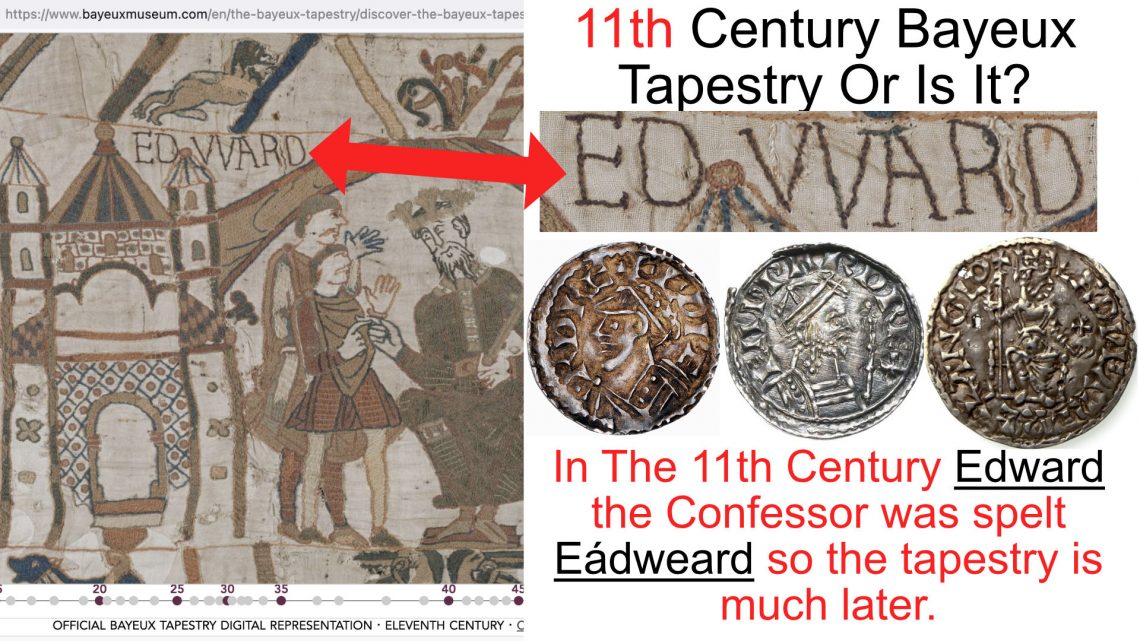
“The tapestry is a band of linen 231 feet (70 metres) long and 19.5 inches (49.5 cm) wide, now light brown with age, on which are embroidered, in worsteds of eight colours, more than 70 scenes representing the Norman Conquest. The tapestry was “discovered” by the French antiquarian and scholar Bernard de Montfaucon, who published the earliest complete reproduction of it in 1730.” Source: www.britannica.com/topic/Bayeux-Tapestry
“Let no man deceive you by any means: for that day shall not come, except there come a falling away first, and that man of sin be revealed, the son of perdition;”
2 Thessalonians 2:3 KJV
Image Source: Coins SilburyCoins.co.uk – So-Called 11th Tapastry source https://www.bayeuxmuseum.com/en/the-bayeux-tapestry/discover-the-bayeux-tapestry/
Disclaimer: True Race Facts have made the long overdue honest determination that the King was dark brown, aka BLACK of the Hebrew, Shemitic negro race. Based on his facial phenotype, lips and thick braided hairstyle. Authentic original coins are the most accurate determination to identify the King because he would have approved the coins before they were hammered and issued. There are many ancient FAKE coins on the market, so beware when looking at coins. The deceivers made it their mission to cover up the dark ages, so even history should now be considered pseudo-history.








